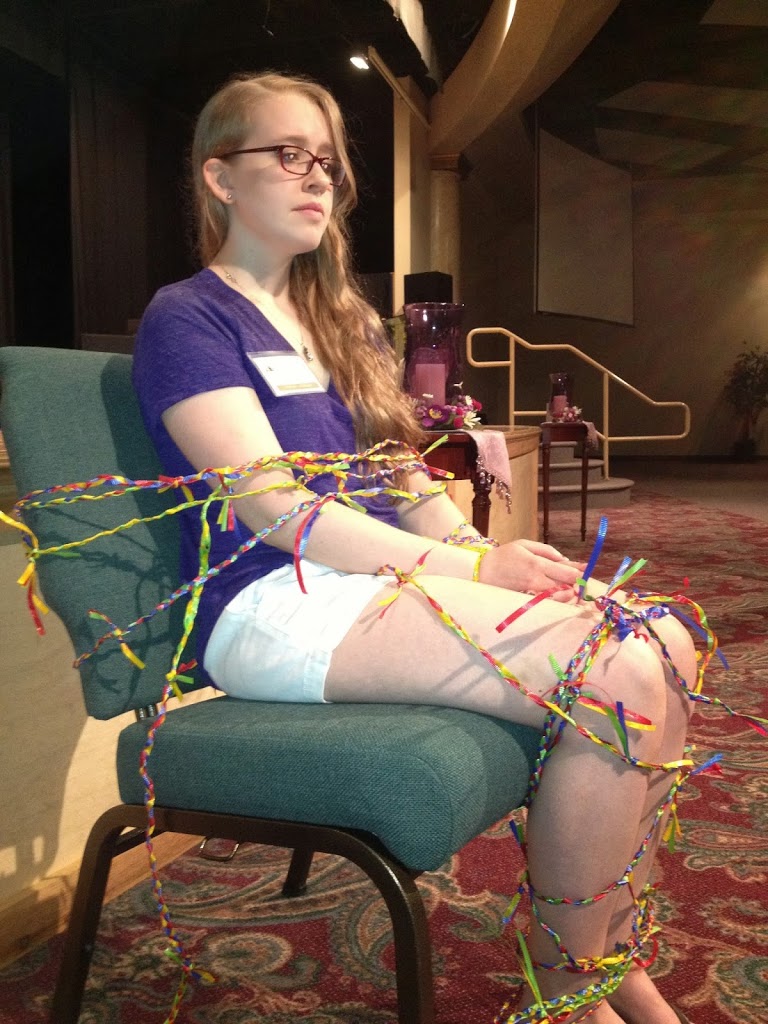
7 Risk Factors that Set Kids Up for Traffickers
There are more than seven risk factors, but I just want to elaborate on these for American families. In third world countries the main risk for child sex trafficking is family poverty, which affects the US too, but in different ways.
- Poverty is a problem in the US. The difference is degree. With social programs, families don’t sell their children to deceiving monsters who tell parents that their child will have a good job and send money home. Our poverty creates the risk in a different way.
Hungry children seek comfort and pimps are very good at feigning the caregiver role. Traffickers prey on children in poor neighborhoods and in wealthy neighborhoods with different tactics. Pimps will provide food, clothing, even phones and other expensive things to get the child’s attention and gain loyalty. They introduce them to sexual exploitation slowly. Make no mistake, these are not benevolent people.
- Unstable home environments are a breeding ground for discontent. The family may be wealthy or not, but it is the fractured relationships that put kids at risk. In single parent homes or single caregiver homes with animosity or burdensome outside pressures, the stress can become overwhelming. High tension environments become volatile.
Scared and nervous children seek comfort too. They just want a peaceful conversation, a nice dinner, a place that is neat, an understanding companion. Traffickers will spot that kid a mile away. They will play to those particular needs and find ways of providing that peace and stability. They will take their time too. Traffickers have children and teens in various stages of relationships, so they can break down defenses over time. They have no need to hurry.
- Stifling relationships can cause children to become restless and resentful. I’m not talking about protective or even overprotective parenting. I am referring to a pressure to ignore gifts and talents and pursue activities that don’t fit the child. Every one of us has been created to be unique. We are qualified to become great. If the home or school environment denies that expression, a child will look for an outlet.
It could be music or art or science or sports or math or reading and language that stir the heart of a child. Demanding the only work on their weaknesses with depreciating taunts, instead of encouragement can cause a root of bitterness to grow in a child’s heart. Traffickers will ask them what the like to do. They will help them explore their desires. Then, they will twist their minds and control their behavior. They will capture their hearts and distort their senses. They will deceive them and take their innocence.
- Neglect is a huge risk factor. It could be a basic needs kind of neglect. So, not providing food, clothing, hygiene and a temperate environment. It could be higher level neglect. There may be plenty to eat and all the physical needs are well met, but there is not human contact, no encouragement, no kindness, no harassment either. The child left to his or her own will look for love.
This one is easy for pimps to spot. They will make quick use of their ability to provide a gentle touch or a strong hand, depending on the child’s personality. They are crafty and will quickly move in on this child. If they need a buddy, they will be a great buddy. It will take no time at all to develop this relationship to a sexual one though. Sex equates to love. This is the lie they will use. American children have plenty of references in our modern media to prove it.
- Overly permissive caregivers may grant a sense of entitlement. Self indulgence, then becomes the risk factor. A child that feels entitled to pleasure without restriction becomes prey to the sex industry. They may seek drugs and alcohol, which will impure judgement and dull the senses.
Traffickers will encourage drug use to keep their victims dull and unable to feel the pain that is part of being raped on a daily basis. At first the child under the influence will dismiss that pain as part of the pleasure. After a time, it will take more drugs and heavier intoxication to maintain them, but traffickers will use them until they are dead. The buyers won’t even look at them as people. They are just objects to be used.
- Abuse is a risk factor. It may seem obvious, but it bares telling. If you are aware of abuse, there are steps you can take to stop it. Abuse in all forms sets a child up for self-defeating behaviors. Verbal and mental abuse show no physical signs, but there are obvious behavior patterns that may emerge. One prevalent response is to close oneself off to others, to become a loner.
In this case, traffickers use a slow and steady tact. They will see that outlier the way a lioness sees a wounded gazelle. They will swoop in and offer to be the sole confidant. They will offer friendship by developing a similar story line. They will develop a rapport. They will leverage their influence to shift the thinking of their victims from self-preservation to self-depreciation. Then, they will build them up by convincing them that their most valuable asset is their body. Traffickers will convince them, by whit or force to sell themselves is their only power.
- Child sexual abuse is the most thought of risk factor. The core violation that happens with child sexual abuse is too deep for this post. It will leave victims with a feeling of exceptionally low value, even when told that it is because they are loved that they are being abused. It is a sick feeling in a child, who is not developed for sexual contact.
Overtly sexual children and teens are easy prey. They tend to move and dress in ways that draw the attention of sexual predators, whether that is as a shy, hurt, protective countenance or a scantily clad, flirty one. Both are vulnerable. Traffickers will adapt their tact based on their victims. If the child is obviously sexual, the trafficker will waste no time getting them into sexual relations. If the child has that intangible quality of having been a victim, the trafficker will play on his or her sympathies. They will draw them into a relationship by deception or by force.
- Bonus factor: The super sweet disposition of a child can be a risk factor. The compliant, obedient child may be swayed by threats against others. For example, if they have a younger sibling or another family member that they would protect with their lives, a trafficker will use their devotion against them. This child seeks to protect others and will sacrifice themselves to do so.
Traffickers may target a particular child based on buyers’ specifications. The buyer may want a child of a certain age or to look a certain way. The trafficker will use various means to force that child to serve the buyer. They may actually rape them, take photos and blackmail them into silence. Once they are compliant, they will raise the stakes. The child is trapped.
Next week, we will look at ways to protect against these risk factors.
What are some thing that you thought of by reading this?



